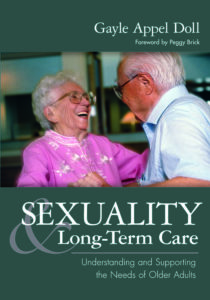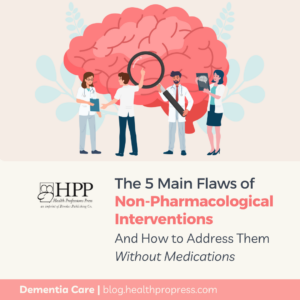
Developing LGBT-Friendly Communities
The losses associated with moving into a long-term care setting are compounded for the LGBT (Lesbian, Gay, Bisexual, Transgender) population. Older LGBT persons have faced a lifetime of discrimination, many live alone without family support, and most have a distrust of the medical community. These individuals are fearful of the treatment that they may receive in an institutional environment. After struggling to come out and live openly, many LGBT people may choose to return to the closet to avoid discriminatory actions.
These fears cannot be alleviated without developing specific policies and educating and training staff to address the needs of the LGBT population. How can a long-term care home become more accepting of the LGBT community?
Start with an assessment
Organizations should thoroughly assess their environment; admissions forms; pamphlets, posters, and brochures; residents rights policies; and staff training procedures to become more inclusive and honor the needs of the LGBT population.
Prominently display anti-discrimination policies
The home should prominently display anti-discrimination policies that specify sexual orientation and gender identity. The statement, “We do not discriminate on grounds of sexual orientation or gender identity” sets a positive tone for residents, staff, and visitors.
Depict inclusion
Staff should review the home’s literature, including brochures, pamphlets, and website, for evidence of inclusion, such as pictures of people with diverse sexual orientation. Do pictures hanging in common areas only depict heterosexual couples? Does the home supply reading material that may be appropriate for the LGBT population? Do staff members use the term partner instead of husband or wife?
Use gender neutral language in forms
Intake and assessment forms should be examined for gender-inclusive language. They can be modified to be gender neutral, such as including domestic partner or same-sex partner to reflect a broader interpretation of family. The forms should clearly state that the information is confidential and that the resident’s privacy will be respected.
Same-sex partners or domestic partners are next of kin
Staff should recognize the same-sex partner’s or domestic partner’s legal legitimacy as the person to notify as the next of kin, if such designations have been addressed by state policies. Resident rights must be observed, including those of same-sex partners in decision making and care planning.
LGBT people should not be forced to “come out” at admission
Residents and their visiting partners or friends should know that it is safe to be open about their identity and their relationships. Having to go back into the closet can be damaging to an individual’s personal identity and emotional and psychological well-being.
Staff training, brochures, and other materials pertaining to LGBT residents should be specific to each group
Transgender persons have very different circumstances relative to healthcare, and it is not appropriate to use materials or programs that were designed for another population. For example, training materials for HIV prevention may not exist for the transgender adult and may have to be created in-house.
Policies should be developed that include consequences for discrimination
Regular staff training should be conducted, and LGBT staff should be recruited. Leaders of the organization must be committed to inclusion. Activities programming within the long-term care environment should also be inclusive.
The post was adapted from Sexuality and Long-Term Care: Understanding and Supporting the Needs of Older Adults by Gayle Appel Doll, M.S., Ph.D. Copyright © 2012 by Health Professions Press, Inc. All rights reserved.
Read the book!
 Sexuality and Long-Term Care
Sexuality and Long-Term Care
Understanding and Supporting the Needs of Older Adults
By Gayle Appel Doll, M.S., Ph.D.
Copyright © 2012 by Health Professions Press, Inc. All rights reserved.
Take a person-centered approach to resident sexuality in your long-term care setting with this ground-breaking resource.





Add comment